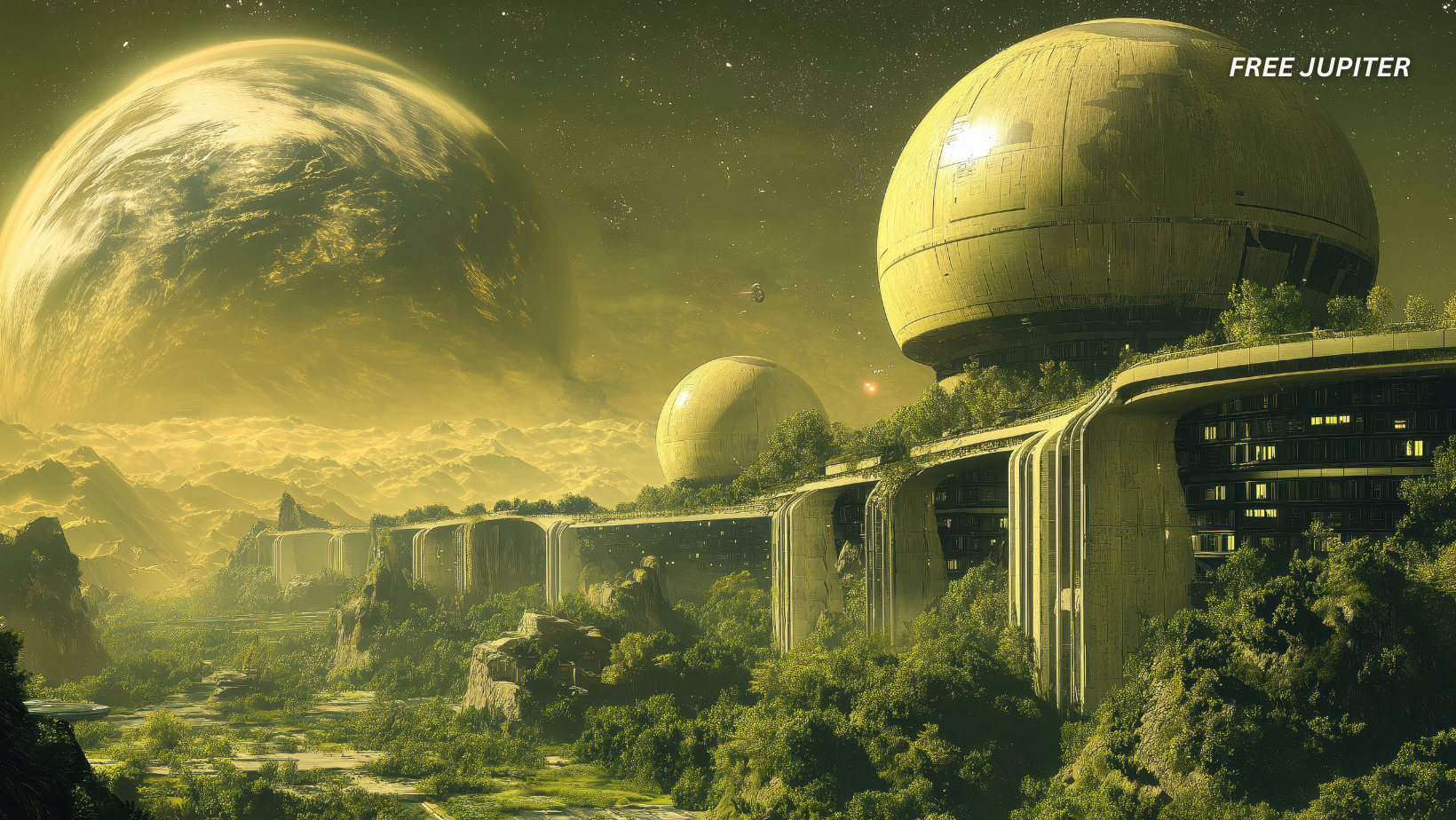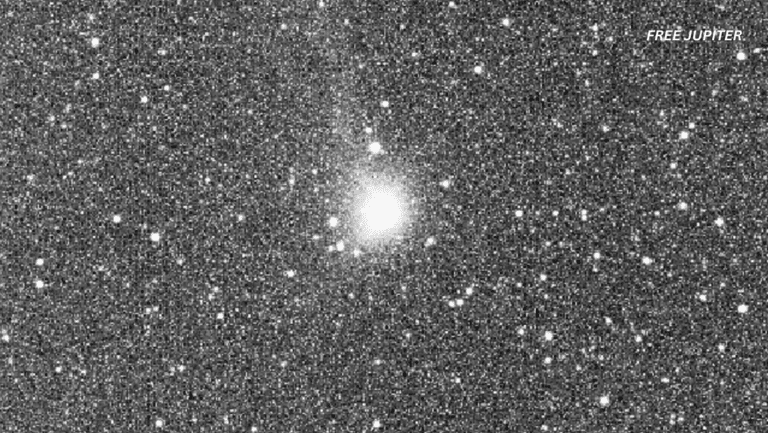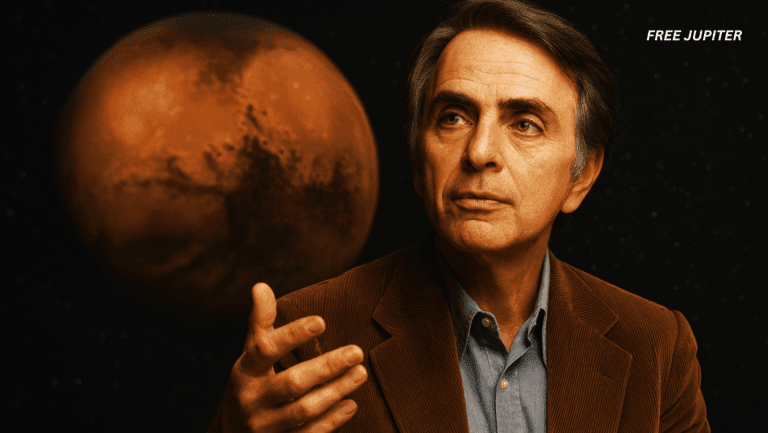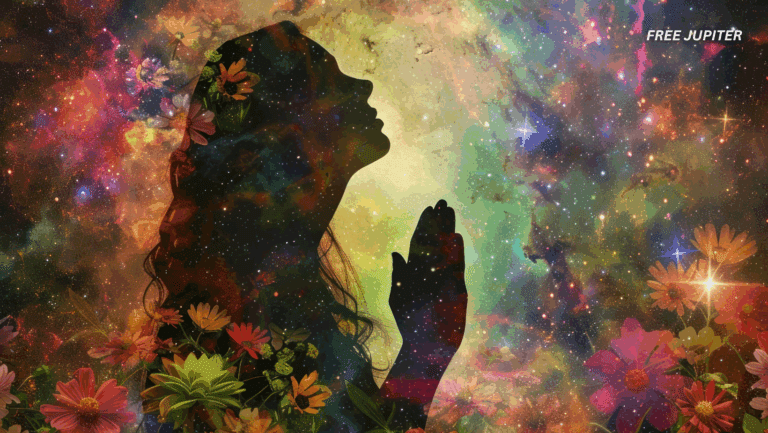Friendly Note: FreeJupiter.com shares general info for curious minds 🌟 Please fact-check all claims—and always check health matters with a professional 💙
The universe is a curious place, full of cosmic riddles and wonders that stretch our imagination. For generations, scientists have tried to unravel how galaxies-those sprawling collections of stars, gas, and mysterious dark matter-come together and evolve. Yet, even as telescopes peer deeper into the void, many questions remain about what truly shapes the cosmos and whether life, as we know it, is a rare phenomenon or a common thread woven through the fabric of existence.
A recent study from Durham University has shaken up the conversation, suggesting that intelligent life might not only be possible in our universe but could also flourish in parallel realms with different physical rules. This research offers a quirky twist on the age-old question: Are we alone, or is the cosmos teeming with neighbors we’ll never meet?
The Building Blocks of Galaxies
At the heart of cosmic evolution lies the Cold Dark Matter (CDM) model. This framework helps explain how galaxies take shape, beginning with the gravitational pull of invisible dark matter. As the early universe expanded, tiny fluctuations in density allowed dark matter to clump together, forming halos that would eventually cradle the first galaxies.
Over time, scientists have refined their understanding of these processes using computer simulations and mathematical models. These tools mimic how gas cools, collapses, and ignites into stars. Yet, the details remain tricky. The interplay between gas, stars, and the energetic outbursts from black holes or supernovae adds layers of complexity that challenge even the most powerful computers.
Read more: Earth’s Water Might Not Have Originated From Asteroids After All: Scientists
The Wild Card: Dark Energy
Then there’s dark energy-the enigmatic force that’s speeding up the universe’s expansion. It makes up more than two-thirds of the universe’s total energy, yet its true nature is still a cosmic puzzle. Some theories link it to the energy of empty space, while others propose new types of fields or even entirely different laws of gravity.
A particularly puzzling question is why dark energy’s influence became dominant only in the recent cosmic past, just as the Sun and its planets were forming. This coincidence has led some researchers to consider the possibility that our universe’s physical constants are not unique, but rather one set among countless options in a vast multiverse.
A New Model for Life in the Multiverse
Beyond the Drake Equation
The Durham team took inspiration from the famous Drake Equation, which estimates the number of communicative civilizations in our galaxy. But instead of limiting themselves to the Milky Way, they expanded their sights to the multiverse-a hypothetical collection of universes, each with its own physical laws and constants.
Their model examines how the density of dark energy affects the formation of stars, which in turn sets the stage for life. If dark energy is too strong, the universe expands so rapidly that matter spreads out, making it hard for galaxies and stars to form. If it’s too weak, everything collapses before life has a chance to get started. The sweet spot, it turns out, might not be exactly where our universe sits.
Surprising Results
In our universe, about 23% of ordinary matter has ended up in stars. The model predicts that in universes with a slightly higher dark energy density, this figure could climb to 27%. That means there could be universes where the conditions for life are even better than here. As lead researcher Dr. Daniele Sorini put it, “We may not live in the most likely of universes”.
This finding flips the script. Instead of assuming our universe is uniquely tuned for life, it suggests that the multiverse might be full of places where life has an even greater chance to emerge.
Read more: There’s a Mysterious Cosmic Tunnel Connecting Our Solar System to Distant Stars
Parallel Universes: More Than Science Fiction?
The Multiverse Hypothesis
The idea of parallel universes has moved from the pages of science fiction into the realm of serious scientific debate. In some models of cosmic inflation-the rapid expansion that occurred just after the Big Bang-an endless multiverse naturally arises. Each “bubble universe” could have its own version of the laws of physics, leading to a wild variety of cosmic landscapes.
If that’s the case, then the question isn’t just whether life exists elsewhere in our universe, but whether it’s thriving in countless other universes, each with its own quirks and possibilities.
Anthropic Reasoning and the Cosmic Lottery
Some scientists use what’s called anthropic reasoning to explain why our universe has the properties it does. The idea is that we observe these particular conditions because only universes with life-friendly settings can produce observers like us. In other words, if the cosmic lottery has infinite tickets, it’s not surprising that some universes hit the jackpot for life.
Simulating Other Universes: What Makes a World Habitable?
Tweaking the Cosmic Dials
Researchers have started to simulate alternate universes by adjusting key parameters-like the strength of gravity, the density of dark energy, or the masses of fundamental particles. One study, for example, modeled universes where the only requirements for life were the presence of liquid water and a relatively stable planetary environment (no constant catastrophic collisions).
The results? Some alternate universes could actually harbor more habitable planets than ours. This challenges the notion that our universe is uniquely suited for life and hints that the cosmic conditions we take for granted might be just one way among many to get life started.
A Philosophical Twist
This line of research doesn’t just have implications for physics; it also raises deep philosophical questions. If life is possible-or even likely-in a range of universes, what does that say about our own existence? Are we lucky, or just one example among many?
The Search for Neighbors: Why Haven’t We Found Anyone Yet?
The Fermi Paradox, Multiverse Edition
Despite decades of searching, we haven’t found clear evidence of extraterrestrial life in our own universe. This absence, known as the Fermi Paradox, becomes even more intriguing if life is common in the multiverse.
If other universes are more hospitable, perhaps intelligent beings there have an easier time finding each other. Or maybe the very rules that make their universes ideal for life also make them forever out of reach from us.
Technological Advances and the Road Ahead
On the practical side, advances in technology-like more sensitive telescopes and new ways of analyzing distant planets-are helping us search for signs of life beyond Earth. Even if we can’t peek into parallel universes, studying extremophiles (organisms that thrive in harsh environments on Earth) and simulating alternate realities can guide our search for life in the cosmos.
A Universe Full of Surprises
The Durham study and others like it invite us to think bigger. Instead of seeing our universe as a solitary oasis, we might be part of a much grander, interconnected reality. The rules that allow life to flourish here could be just one set among many, and the cosmic stage might be far more crowded than we ever imagined.
As we continue to probe the mysteries of dark energy, star formation, and the origins of life, one thing is clear: the universe (or multiverse) is full of surprises. Whether or not we ever find proof of life in a parallel realm, the journey to understand our place in the cosmos is just beginning-and it’s bound to be a wild ride.
“It’s interesting that our universe isn’t unique with respect to having the potential for life. I guess we’re lucky that we were able to evolve to this level, in a universe that’s not ideal for developing life.” – Kate Coppess, University of Michigan
Read more: Harvard Researcher Suggests Ancient Martian Civilization Was Destroyed by Alien Nuclear Event
Final Thoughts
The idea that life could exist in parallel universes isn’t just a flight of fancy. It’s a testable, scientific hypothesis that’s reshaping how we think about the cosmos. As models grow more sophisticated and our understanding deepens, we may find that the universe is not only stranger than we imagine, but stranger than we can imagine.
So, the next time you gaze up at the night sky, remember: the real party might be happening in the universe next door. And who knows? Maybe, in some distant parallel reality, someone is pondering the same cosmic questions about us.










